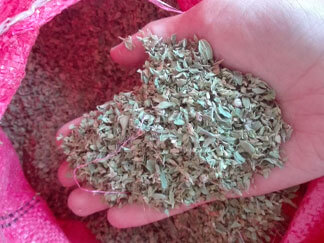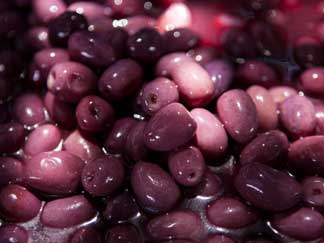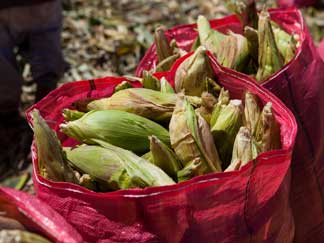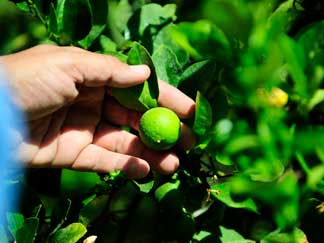Orégano de la Precordillera de Putre / Oregano from the Putre Precordillera
- Applicant: Cultural and Heritage Social Center Children and Neighbors of Socoroma, Zapahuira

This crop grows in the town of Putre, located in the altiplano of the Arica and Parinacota region. It has been recently recognized and certified as a quality gourmet product by the most important chefs of Chilean haute cuisine.
Known by its scientific name Origanum vulga L., the Putre oregano was introduced by the first Spanish colonists to arrive to these lands and is today grown at an altitude of between 3000 and 3500 meters above sea level, using thousand-year old agricultural techniques in exceptional natural climate, soil, water, and atmosphere conditions.
Its flavor and texture, as well as its intense, pleasant aroma, are a result of the adaptation process that the plant has undergone for centuries in the area. These sensory particularities are the characteristics which distinguish this plant from the varieties of oregano grown in other parts of Chile and abroad.
Download list of producers
Aceitunas de Azapa / Azapa Olives
- Applicant: Olivocultores Association of Valle de Azapa
- Location: Azapa Valley, Arica and Parinacota Region

The valley of Azapa is located some five kilometers from the center of Arica, known for producing a large variety of tropical fruits, vegetables, and olives year round.
The olives that are grown and processed in this valley are characterized by their flavor, size, color, and consistency, and are prepared in four different ways, in keeping with the traditional practices of this part of the country.
Download list of producers
Maíz Lluteño / Lluta Corn
- Applicant: Municipality of Arica
- Location: Lluta, Arica and Parinacota Region

The Lluta valley, located 10 kilometers north of Arica, is the home of this crop which has survived despite stressful conditions, showing high levels of tolerance to salinity and excess of boron characteristic of the soil in this area. Its cobs are short, conical or cylindrical, with round or pointed grains in rows of 14 or 18 and of varying coloration.
Known under the scientific name Zea mays L. amyhace, this type of sweetcorn was presumably introduced by the Incan Empire from the south of Peru before the arrival of the Spanish. Since then, its seeds have been used by farmers in the Lluta valley, who use ancient agricultural techniques that have gradually evolved over time.
Due to the good climate, it can be sown in any season, or even sown twice in the same earth. As regards its sale, the product is mainly offered fresh for human consumption and is found in the market in the city of Arica and in some places further south, such as Santiago.
Download list of producers
Limón de Pica / Pica Lemon
- Applicant: Cooperativa agrícola de Pica Ltda.
- Location: The Pica oasis

The Pica oasis is found in the Iquique province in the I Region. It comprises an area of 5,808.63 hectares, and is the sole area of production of this gourmet agricultural product.
Known under the scientific name Citrus aurantifolia (Christm.) Swing, the Pica Lemon is a spheroidal or elliptical fruit 3 to 4 centimeters in diameter, with a uniformly green and tender flesh and small, fine vesicles. Its abundant greenish-yellow juice is sour and has a strong aroma, and its skin possesses inconspicuous oil glands.
The main difference between the Pica Lemon and other sour limes, such as the Sutil lemon of Ovalle or the Peruvian Piura, is its high volume of juice and a higher total weight and content of essential oils such as coumarins and terpenes, which give it its unique aroma.



























